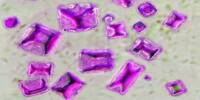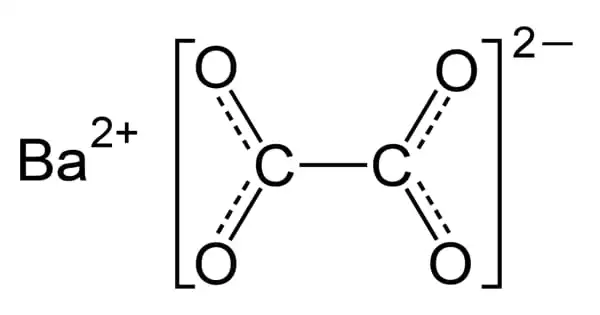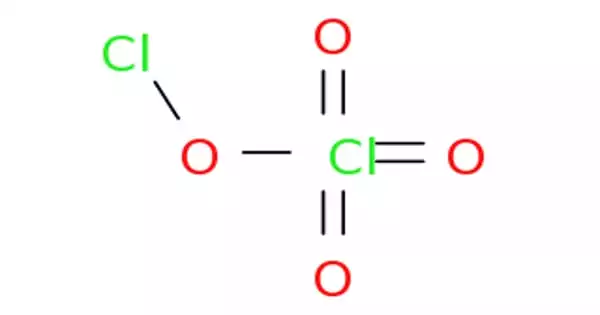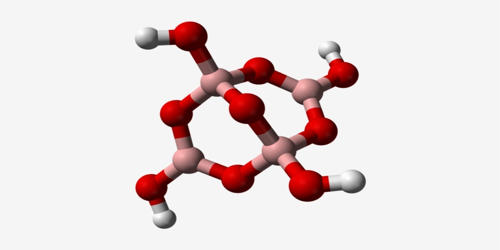Fast-charging lithium-metal batteries are an active area of research and development, with the potential to significantly improve the performance of electric vehicles and portable electronics. However, there are several challenges that must be overcome to achieve this goal. One major challenge is the formation of lithium dendrites, which are tiny branching structures that can grow from the surface of the lithium electrode and cause short circuits in the battery. To address this issue, researchers are exploring various approaches, such as using solid-state electrolytes or modifying the electrode surface to prevent dendrite formation.
Engineers report progress toward lithium-metal batteries that charge in an hour or less. This rapid charging is made possible by lithium metal crystals that can be seeded and grown – quickly and uniformly – on an unexpected surface. The trick is to grow crystals on a surface that lithium does not officially ‘like.’ Dense layers of uniform lithium metal grow from these seed crystals. Uniform layers of lithium metal are of particular interest to battery researchers because they lack dendrites, which degrade battery performance.
Engineers report progress toward lithium-metal batteries that charge quickly – as quickly as an hour – in a new Nature Energy paper. This rapid charging is made possible by lithium metal crystals that can be seeded and grown – quickly and uniformly – on an unexpected surface. The trick is to grow crystals on a surface that lithium does not “like.”
Dense layers of uniform lithium metal grow from these seed crystals. Uniform layers of lithium metal are of particular interest to battery researchers because they lack dendrites, which degrade battery performance. The formation of these dendrites in battery anodes has long been a stumbling block in the development of fast-charging ultra-energy-dense lithium-metal batteries.
The special nanocomposite surface is the discovery. We challenged the conventional wisdom about the type of surface required to grow lithium crystals. The conventional wisdom holds that lithium grows best on surfaces that it prefers, or surfaces that are lithiophilic.
Ping Liu
This new approach, led by engineers at the University of California, San Diego, enables charging of lithium-metal batteries in about an hour, which is competitive with today’s lithium-ion batteries. This breakthrough in developing fast-charging lithium-metal batteries was published in Nature Energy by UC San Diego engineers in collaboration with UC Irvine imaging researchers.
The researchers replaced the ubiquitous copper surfaces on the negative side (the anode) of lithium-metal batteries with a lithiophobic nanocomposite surface made of lithium fluoride (LiF) and iron to grow lithium metal crystals (Fe). Lithium crystal seeds formed on this lithiophobic surface during lithium deposition, and from these seeds grew dense lithium layers – even at high charging rates. As a result, long-cycle-life lithium-metal batteries that charge quickly were created.
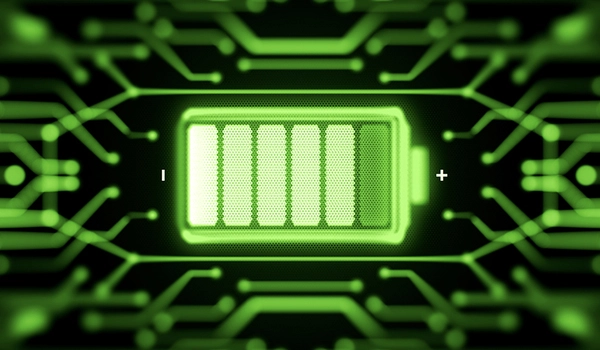
“The special nanocomposite surface is the discovery,” said Ping Liu, a nanoengineering professor at UC San Diego and the paper’s senior author. “We challenged the conventional wisdom about the type of surface required to grow lithium crystals. The conventional wisdom holds that lithium grows best on surfaces that it prefers, or surfaces that are lithiophilic. This work demonstrates that this is not always the case. Our substrate does not like lithium. It does, however, provide an abundance of nucleation sites as well as rapid surface lithium movement. These two factors contribute to the formation of these lovely crystals. This is an excellent example of scientific insight applied to a technical problem.”
The new breakthrough led by UC San Diego nanoengineers could remove a major impediment to the widespread use of energy-dense lithium-metal batteries in applications such as electric vehicles (EVs) and portable electronics. Because of their high charge density, lithium-metal batteries have great potential for EVs and portable electronics; however, today’s lithium-metal batteries must be charged extremely slowly in order to maintain battery performance and avoid safety issues.
Slow charging is required to prevent the formation of battery-killing lithium dendrites, which form when lithium ions combine with electrons to form lithium crystals on the anode side of the battery. As the battery charges, lithium crystals form, and as the battery discharges, lithium crystals dissolve.

